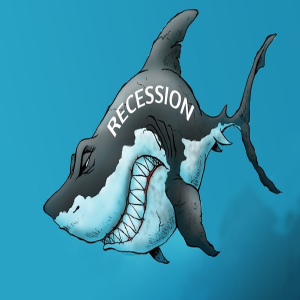Editorial: California's painful power prices are a choice
Published in Op Eds
California has the highest residential electricity rates in the continental United States. The reason is exactly what you’d expect.
In May, residential customers in California paid an average of 35.03 cents per kilowatt-hour. Nevada residents paid 13.32 cents per kWh. In Arizona, it was 15.76 cents per kWh. California’s commercial and industrial sectors pay significantly less, but even that amount is generally much more than what those industries pay in other states. For context, if you ran a 100-watt light bulb for 10 hours, you’d use a kilowatt-hour of electricity.
There can be some variance in monthly costs. But California’s ranking doesn’t improve when you zoom out. The U.S. Energy Information Administration compiles information on electricity costs in every state. The latest data is from 2023. California’s average retail price for all sectors was 24.87 cents per kWh. That’s the highest of any state, excluding Hawaii. In Nevada, it was 13.09 cents per kWh.
If you think that Nevada’s solar power is responsible for its lower prices, look at Oregon. Its average retail price was 10.32 cents per kWh. The national average was 12.68 cents per kWh.
The California Chamber of Commerce recently released a new study on California’s electricity prices. It found that state mandates account for 36.5% of the average residential customer’s energy bill. In other words, if it weren’t for state politicians and regulators, electricity would be one-third less costly. Some of those requirements include cost-shifting from rooftop solar, the Golden State’s renewable portfolio standard, reducing wildfire risk and programs to lower costs for selected customers.
The biggest cost driver was rooftop solar. The cost shift it requires accounts for 14% of the average customer’s energy bill. Given the continued push for rooftop solar in Nevada, that’s worth noting. So is the cost of renewable portfolio mandates.
“On average, renewable energy prices exceed the price of non-renewable energy. These ‘above-market’ costs of meeting the RPS target account for roughly 8% of the typical customer bill,” the report found.
The net cost to California’s customers was somewhat offset by the state’s cap-and-trade program. This is more evidence that Nevada’s current renewable portfolio standard of 50% by 2030 is raising costs here.
Programs aimed at lowering costs for select customers accounted for another 7% of residential bills. California’s costs are so high that it needs to subsidize electricity for some customers, which raises costs overall. This type of destructive cycle doesn’t end well.
Policy impacts power prices. Nevada’s leaders should learn from California’s mistakes, not replicate them.
©2025 Las Vegas Review-Journal. Visit reviewjournal.com.. Distributed by Tribune Content Agency, LLC.

























































Comments